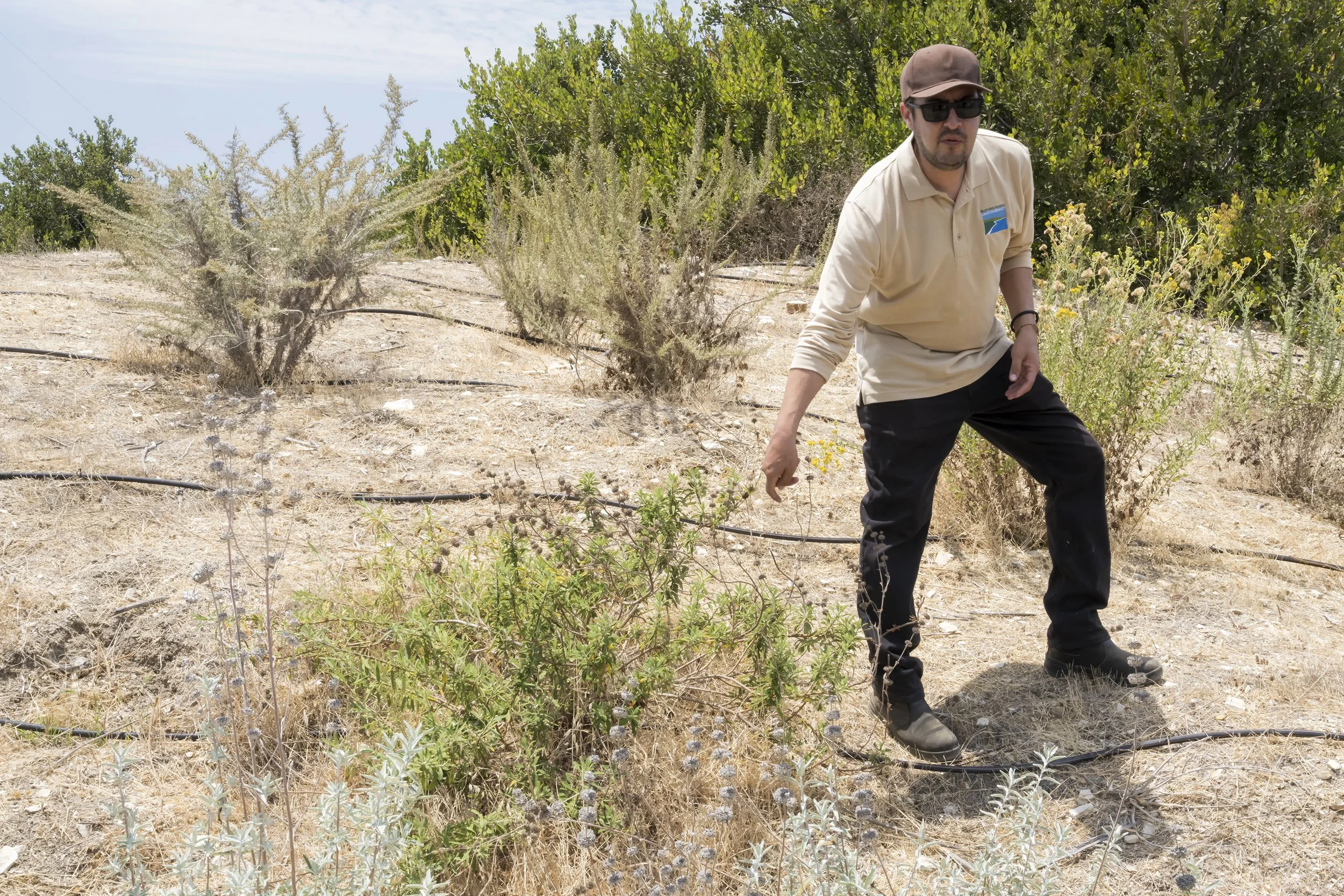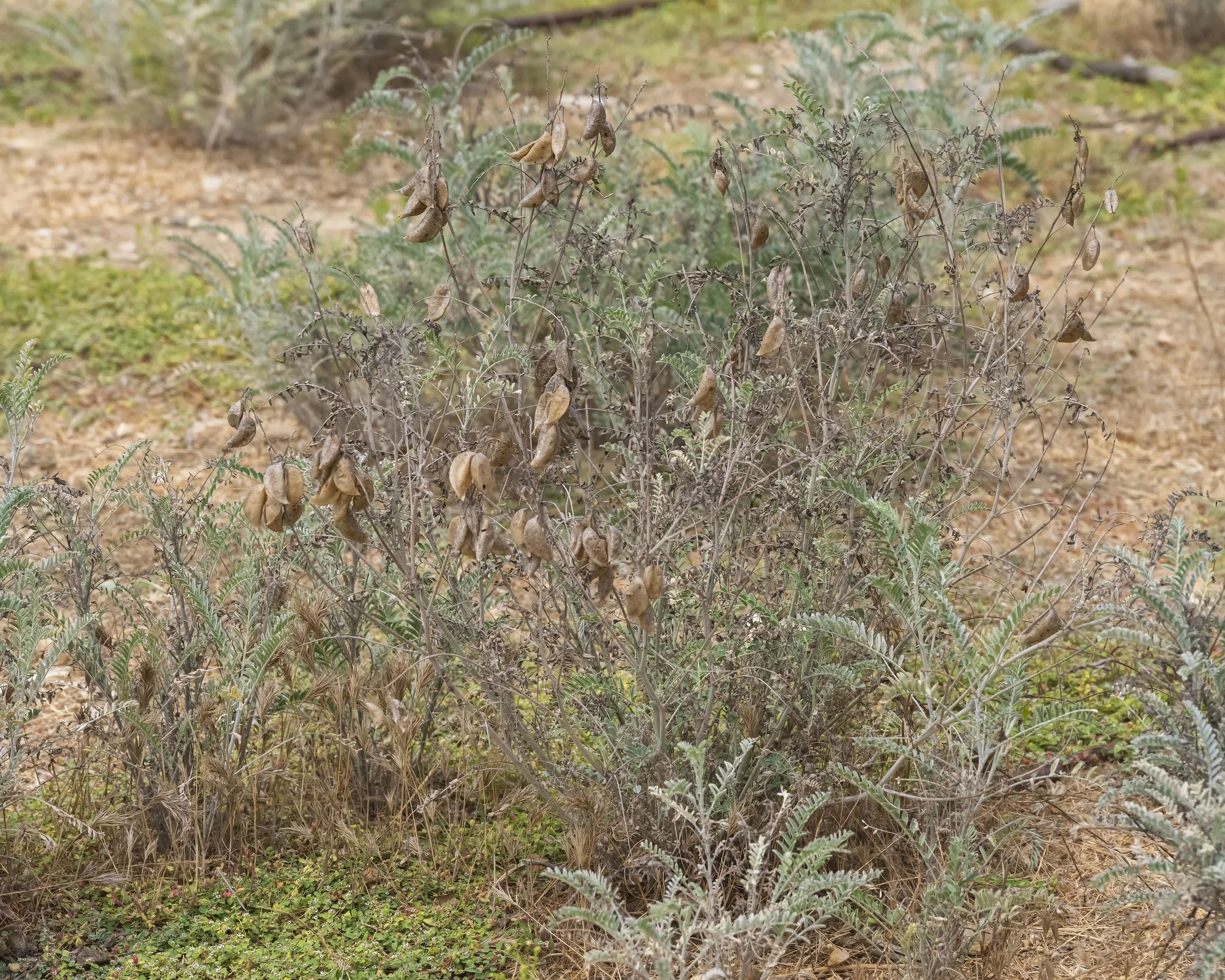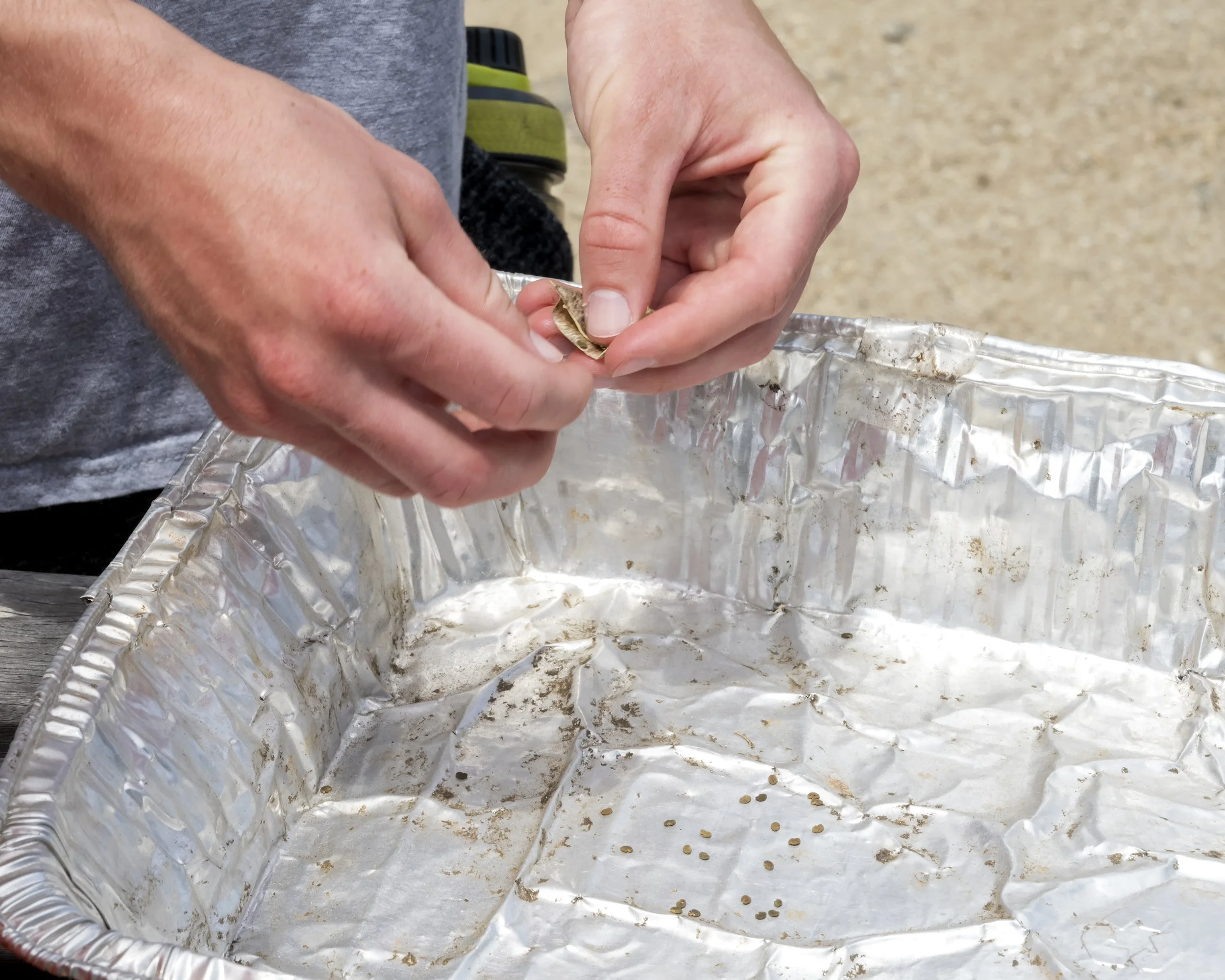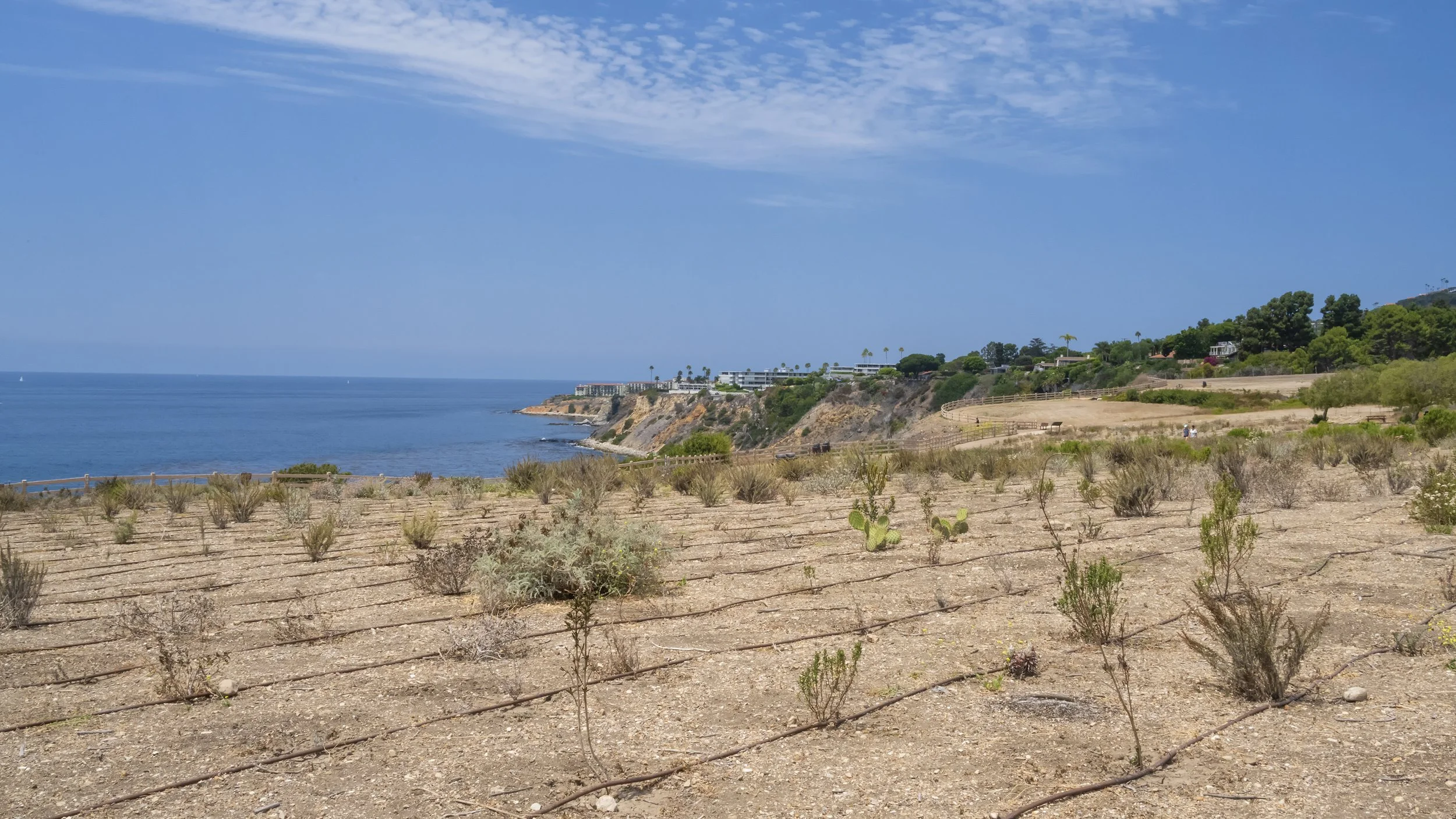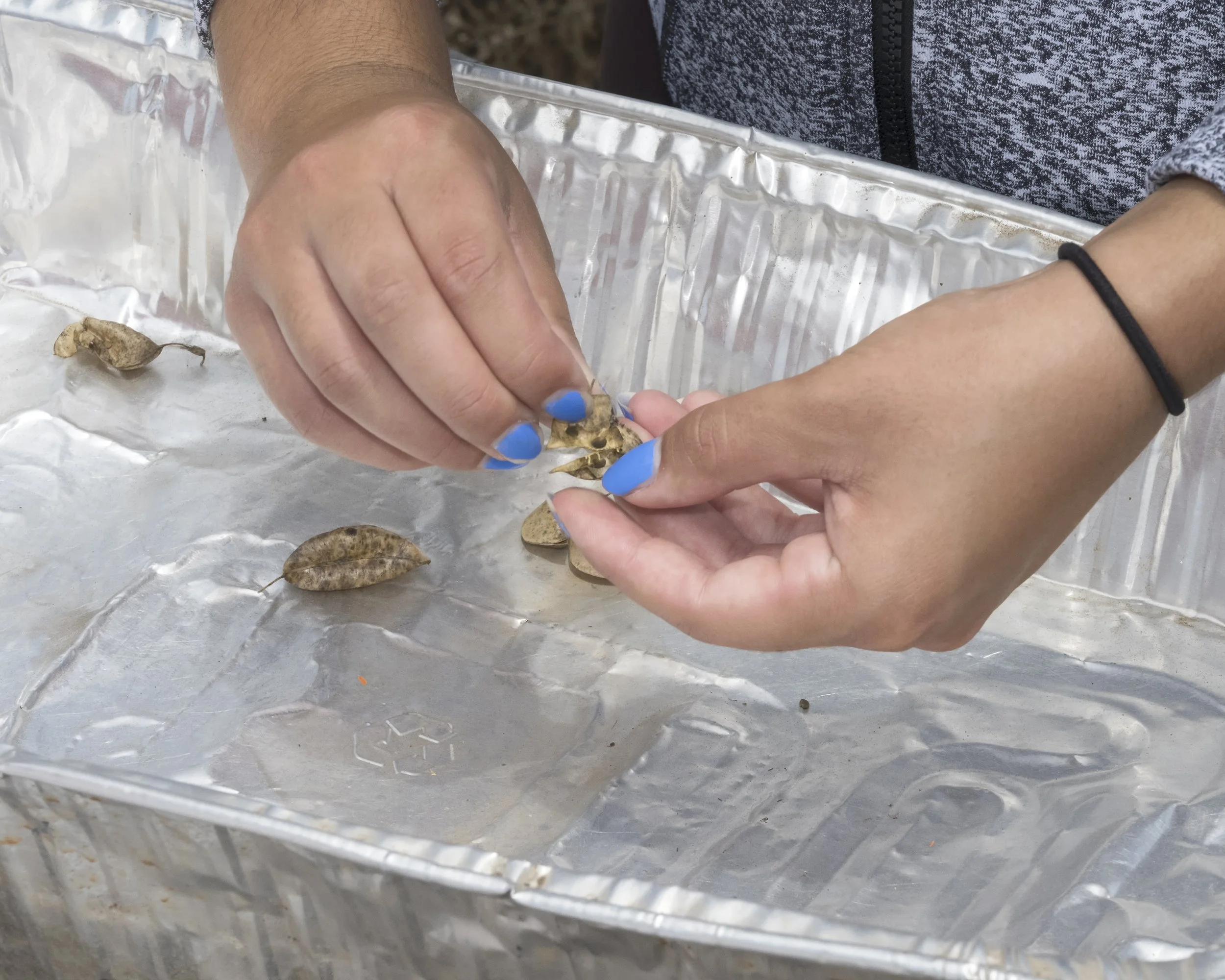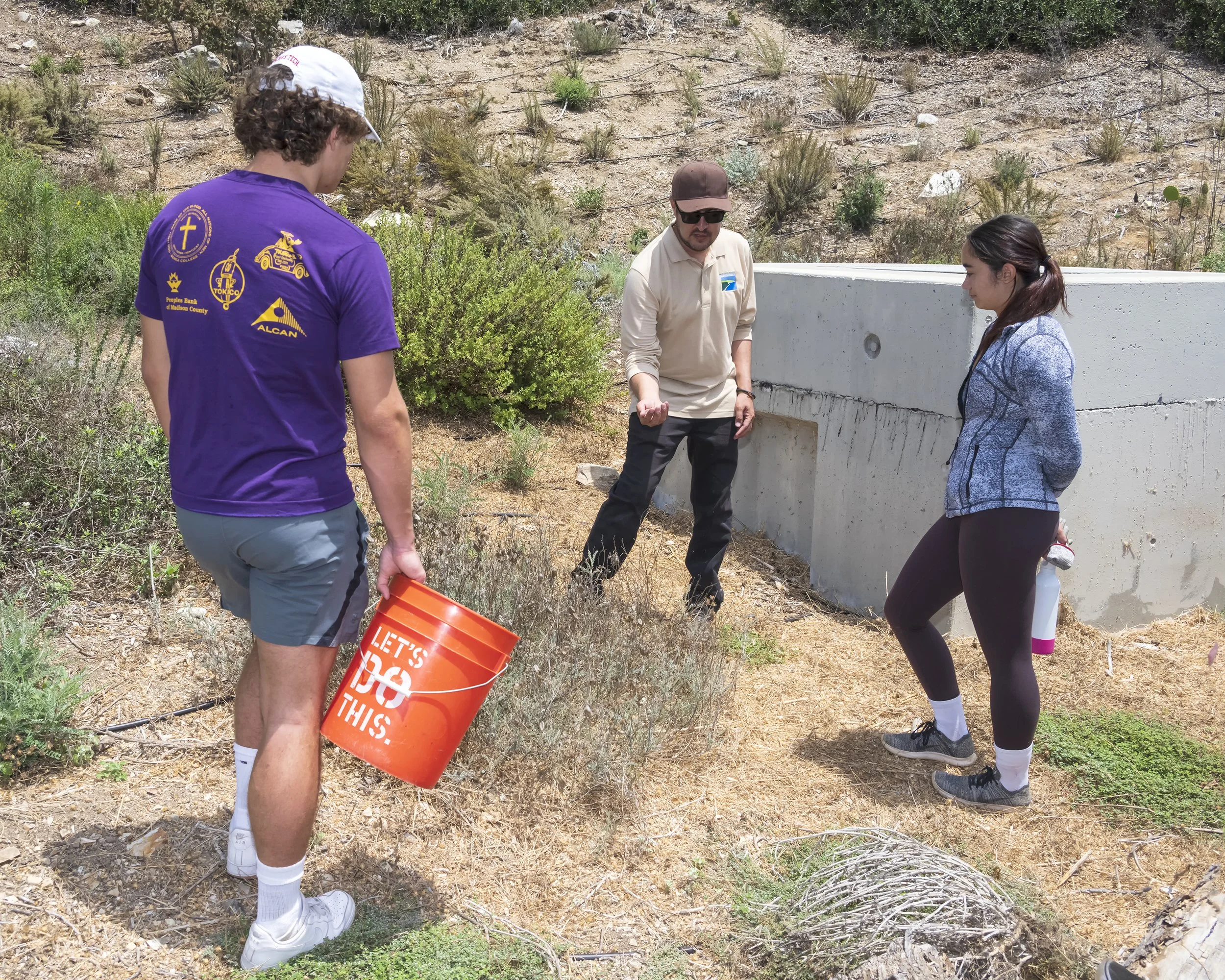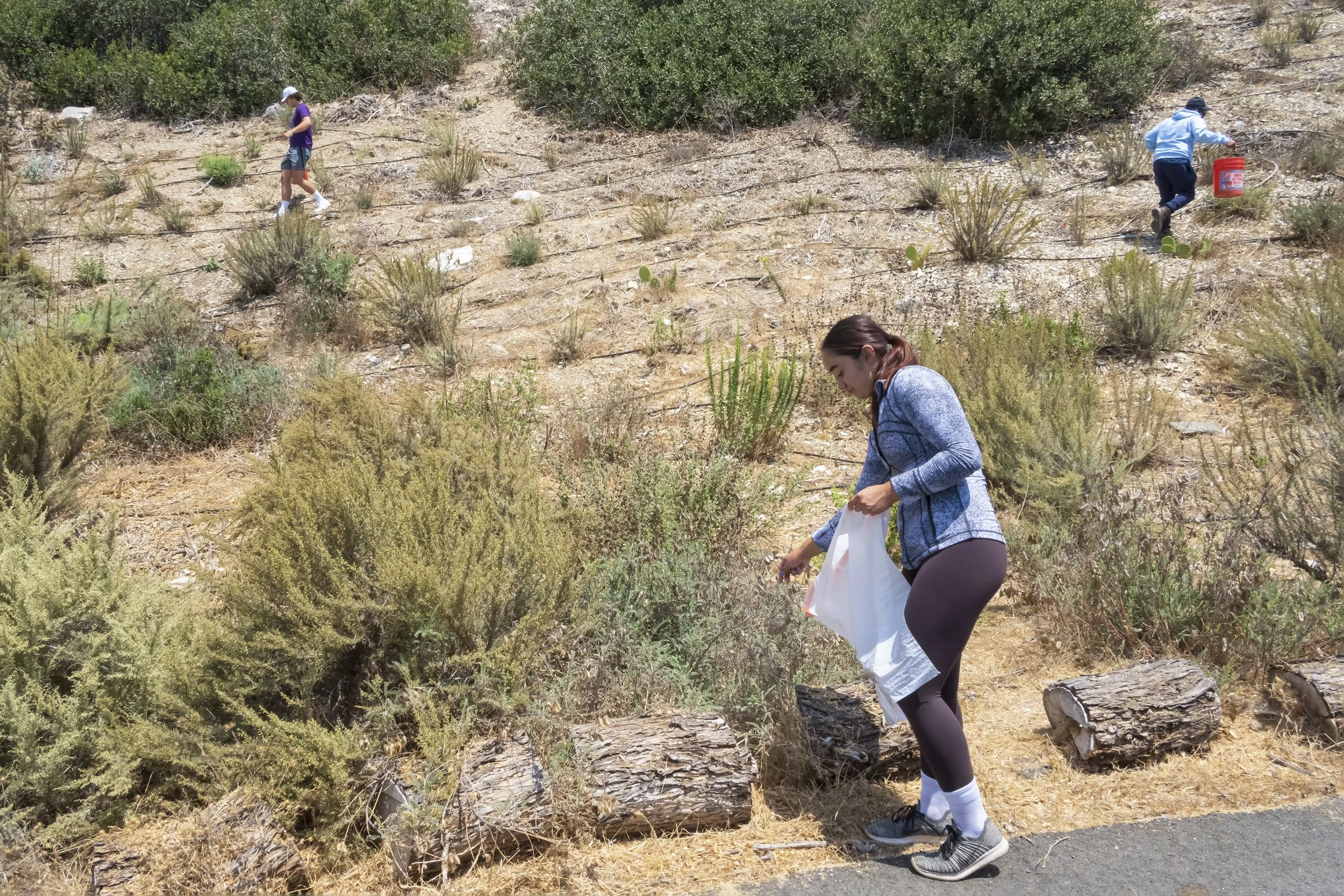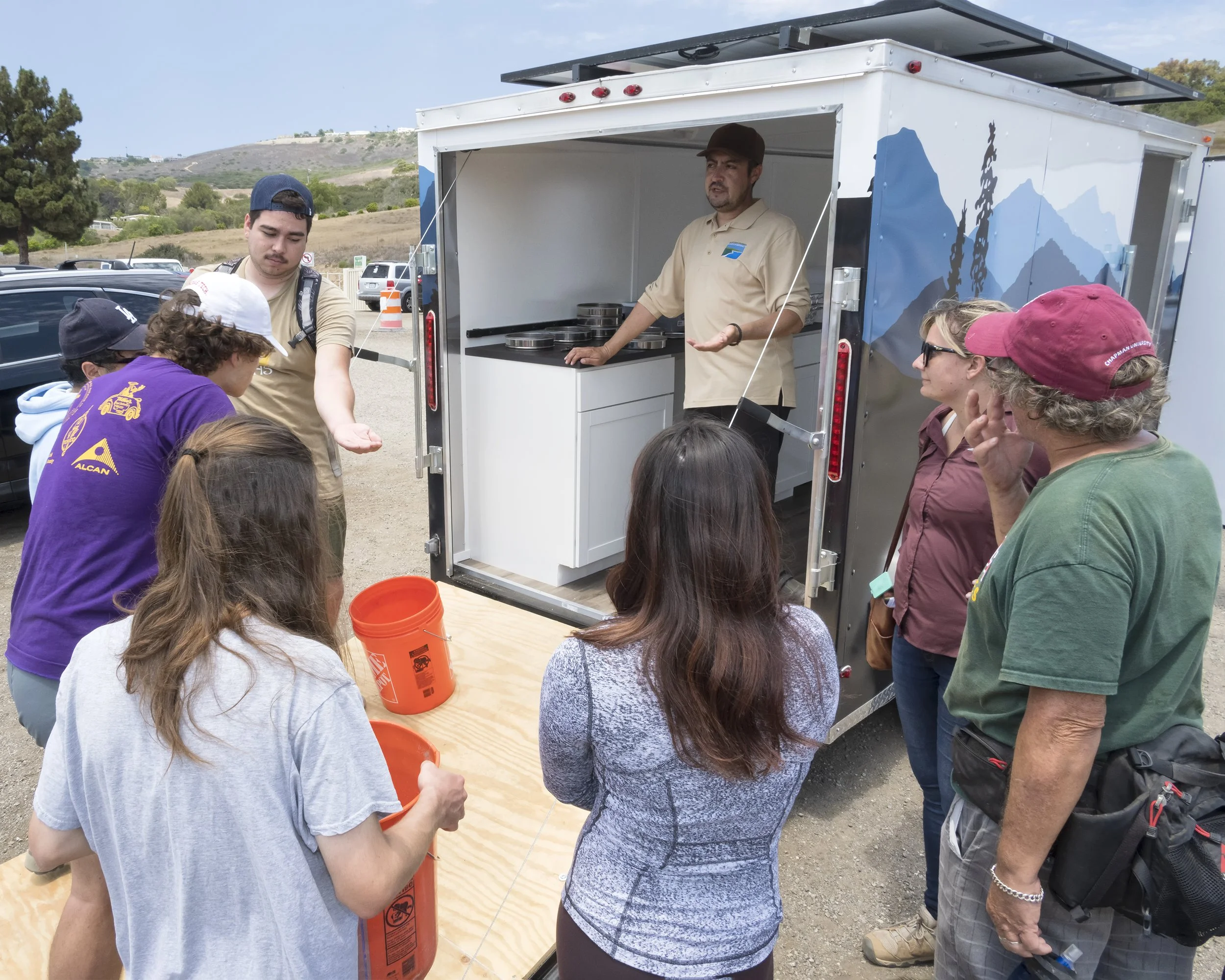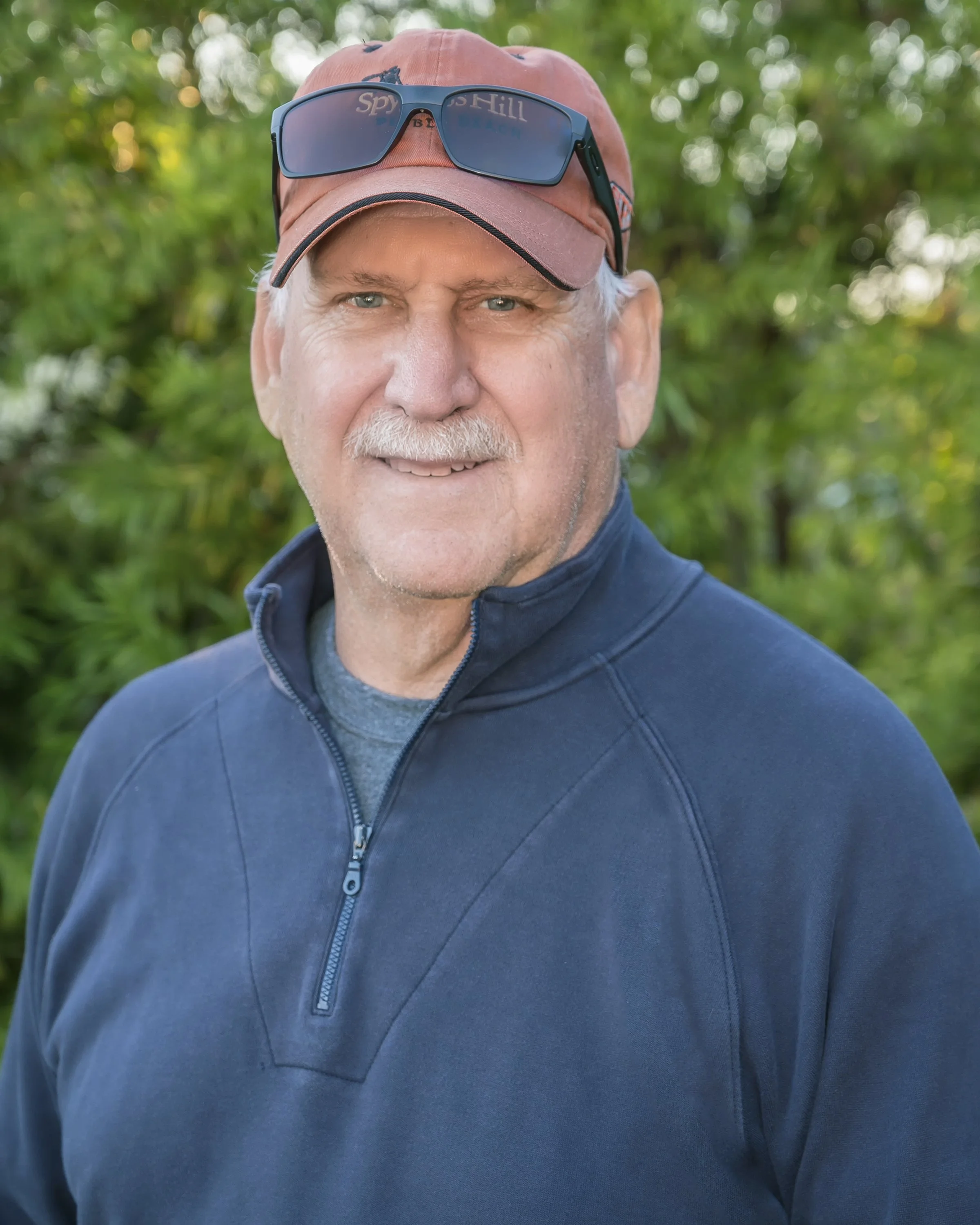The Palos Verdes Peninsula Land Conservancy Unveils Its Mobile Seed Bank Laboratory By Photographer and Contributor Steve Tabor
Maintaining the native environment within its established reserves across the Palos Verdes Peninsula is the one of the primary objectives of the Palos Verdes Peninsula Land Conservancy (Conservancy). As part of that responsibility, the Conservancy must eliminate the invasive plants such as mustard and acacia because of their potential for fueling wildfires and making it nearly impossible for native plants to flourish then replacing that vegetation with native plants and shrubs that sustain our native insects, butterflies, birds and other animal populations.
To ensure there is an abundant future supply of native plants and shrubs to distribute across the Conservancy’s Reserves, the Conservancy collects and stores the seeds from the native plants in its reserves. In order to maintain the viability of the seeds, it is not only important to properly harvest the seeds, but once harvested, the seeds must be processed and stored for future use. However, processing and packaging the seeds in a quick and efficient manner has not always been possible. This led the Conservancy staff members to search for a solution.
The Mobile Seed Bank is designed to assist the Conservancy with its field collection activities. This self-contained solar powered rolling laboratory can be stationed in or near easily accessible or remote locations and used to process and package the seed harvest within minutes after retrieving the seeds. This increases the possibility of having these seeds produce genetically diverse native plants in areas in need of restoration or add to current native plant populations.
Conservation Director, Cris Sarabia, and Volunteer Coordinator, Megan Wolff, along with a group of interns from colleges and universities across California took the mobile laboratory to the Abalone Cove Reserve to gather seeds from the rattlepod plants. Sarabia reports, “ The rattlepod plants along with the sea-cliff buckwheat serve as host plants for the endangered El Segundo Blue butterfly and Palos Verdes Blue butterfly populations.”
Sarabia explains, “Prior to harvesting the seed pods, we need to evaluate the plant to be certain that the pods are viable candidates for harvesting which includes having pollinators in the collection location. When harvesting the seeds, it is important we do not harvest more that 10% of the seed pods on each plant. The remaining pods will be left to allow the plants to naturally reproduce. Collecting fewer seeds from more plants leads to greater genetic diversity. It is the genetic diversity that allows the plants to withstand environmental threats.”
Wolff states, “Once the seed pods are harvested, our interns will remove the seeds and use the facilities in the mobile laboratory to process and package the seeds. When the planting season arrives, the seeds will be used at seeding events conducted at various locations on the Peninsula.”
Perhaps the biggest benefit from the Mobile Seed Bank will be its ability to add to the deposits of native Southern California plant seeds that are being gathered from across the Los Angeles basin.
Sarabia explains, “Currently, there are several conservation groups in the Los Angeles basin that are targeting specific areas for remediation and restoration. The efforts of these groups and the Conservancy to create basin-wide seed banks ensure that many of the environments in need of restoration or additional plantings will have available supplies of native plant seeds to draw on. Projects that immediately come to mind include remediating and reseeding areas along the Los Angeles River and restoring and reseeding areas in our foothills and canyons that have been devastated by wildfires, floods or other natural disasters.”
With the Mobile Seed Bank laboratory in tow, the Peninsula will have sufficient supplies of native plant seeds to enhance the natural environment of the Peninsula for generations to come.
Steve Tabor Bio
This South Bay native’s photographic journey began after receiving his first 35 mm film camera upon earning his Bachelor of Arts degree. Steve began with photographing coastal landscapes and marine life. As a classroom teacher he used photography to share the world and his experiences with his students. Steve has expanded his photographic talents to include portraits and group photography, special event photography as well as live performance and athletics. Steve serves as a volunteer ranger for the Catalina Island Conservancy and uses this opportunity to document the flora and fauna of the island’s interior as well as photograph special events and activities.
Watch for Steve Tabor Images on the worldwide web.



